No, it’s not a Dutchy way of describing a shade of blue … wait a minute, turns out there might be some truth to that! I just love how the Internet takes you down the proverbial rabbit hole.
Blue seems to be everywhere these days. Maybe it’s an indication of how impactful coastal design is. Perhaps it equates to some sort of Covid hangover. Or could we just be having a blue moment? Science might have an explanation; colors such as blue and green have shorter wavelengths and therefore are more calming. As for a welcoming front door, the Paint Quality Institute maintains that blue doors carry a message all their own in that they convey that the owner views the home as a “place of refuge.” Whatever the reason, blue obviously has staying power.
Haint is a Southern Thing
Actually, haint blue describes the southern tradition of painting porch ceilings, doors, shutters … heck, sometimes the entire house … a shade of blue. (The choices are as wide as the ocean but envision Carolina Blue and you’re on the right track.)
The use of blue for such purposes can specifically be traced to the Gulla Geechee people of coastal South Carolina and Georgia, who used blue paint (which they created from lime and blue pigment) to cover their front doors, window frames and fences in an effort to ward off evil spirits or “haints.” The Gulla Geechee people are descendants of Central and West African tribal people. (Yep, the same people who brought us bottle trees.) The Gulla Geechee Cultural Heritage Corridor, which was established in 2006, extends along the coastal regions of North and South Carolina, Georgia and Florida. The Gulla Geechees are known for their distinctive sweetgrass baskets.
Haints were perceived to be spirits that took the shape of humans in order to do harm at night. However, they feared the sky and water. The use of blue paint tricked the haints into believing they were at an impasse – i.e. the sky or body of water – that impeded their progress.
People outside the Gulla Geechee community saw some credence in the faith they instilled in the color blue and followed suit in utilizing the color for porch ceilings, window frames, doors and fencing. For some reason, wasps dislike the color, hence they go elsewhere to build nests. Other insects tend to mistake the blue ceilings for the sky and retreat. Others liked the sense of calm that blue provided, especially in the summer heat.
While porch ceilings are painted blue across the South, Charleston, South Carolina, seems to be the epicenter of the tradition. The beautiful homes along The Battery all exhibit some shade of blue on their porch ceilings.
Southwest Style
Travel to New Mexico and you will notice a similar tradition. Here, the hue centers on shades of cobalt blue and turquoise. Kelly Allen, writing in Simply Santa Fe Homes, suggests the color choice pays homage to the state’s long history of mining, specifically turquoise that is used by Navajo artists and jewelry makers. Turquoise is New Mexico’s official gemstone. To Native Americans, the stone is sacred and is worn for spiritual reasons. The Navajo believe that four colors represent directions, with blue symbolizing the southwest.
Allen writes that in New Mexico, and especially in art enclaves such as Santa Fe and Taos, “history, art and culture are intertwined,” thus the use of blue on doors and window frames symbolizes the interconnection that exists in the “land of enchantment.” (Plus, it really pops against the adobe.) She also notes that older generations, notably Native Americans, believe that blue keeps evil spirits at bay.
As for the historical connection, archeologists such as Cordelia Snow point out that blue doors have always been a tradition in places such as Africa, the Middle East, Greece, Portugal and Spain. Did the Moors introduce the tradition to Spain and in turn to New Mexico?
Dutch Blue
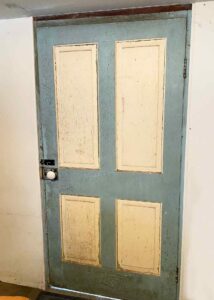 Then it was time to go down that rabbit hole. Snow made a statement that came as a surprise … sort of. In an article that appeared in Southwestern Homes & Living in 2012, she stated, “Blue doors and windows are found around the world in many cultures. They are found throughout the area settled by the so-called Pennsylvania Dutch in the eastern United States, in Germany, and elsewhere in Europe.” That made me think back to a conversation I had with Dwight Graybill of Cocalico Builders in Denver. I recalled that he once joked that nearly every old farmhouse he worked on over the years was painted a “certain” color of blue-green. I knew the color he was referring to; oddly enough, it seemed to only be found in the northern reaches of the county, which was settled primarily by Germans.
Then it was time to go down that rabbit hole. Snow made a statement that came as a surprise … sort of. In an article that appeared in Southwestern Homes & Living in 2012, she stated, “Blue doors and windows are found around the world in many cultures. They are found throughout the area settled by the so-called Pennsylvania Dutch in the eastern United States, in Germany, and elsewhere in Europe.” That made me think back to a conversation I had with Dwight Graybill of Cocalico Builders in Denver. I recalled that he once joked that nearly every old farmhouse he worked on over the years was painted a “certain” color of blue-green. I knew the color he was referring to; oddly enough, it seemed to only be found in the northern reaches of the county, which was settled primarily by Germans.
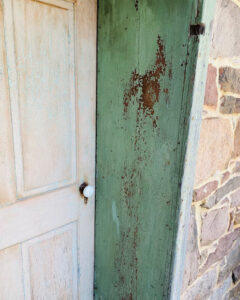 Quizzing Dwight on that conversation, he shared that the color seems to have lost favor. “Used to be every farmhouse I worked on was painted that color inside and out. Now, you don’t see it that much anymore. His own home exhibited the color. “It was covered up by siding, but when the siding was removed, there was that color,” he recalls. Dwight knew he could not live with it and had the house repainted. But he did pay homage to northern Lancaster County’s signature shade of blue by leaving the doorway to the summer kitchen painted Dutch blue.
Quizzing Dwight on that conversation, he shared that the color seems to have lost favor. “Used to be every farmhouse I worked on was painted that color inside and out. Now, you don’t see it that much anymore. His own home exhibited the color. “It was covered up by siding, but when the siding was removed, there was that color,” he recalls. Dwight knew he could not live with it and had the house repainted. But he did pay homage to northern Lancaster County’s signature shade of blue by leaving the doorway to the summer kitchen painted Dutch blue.





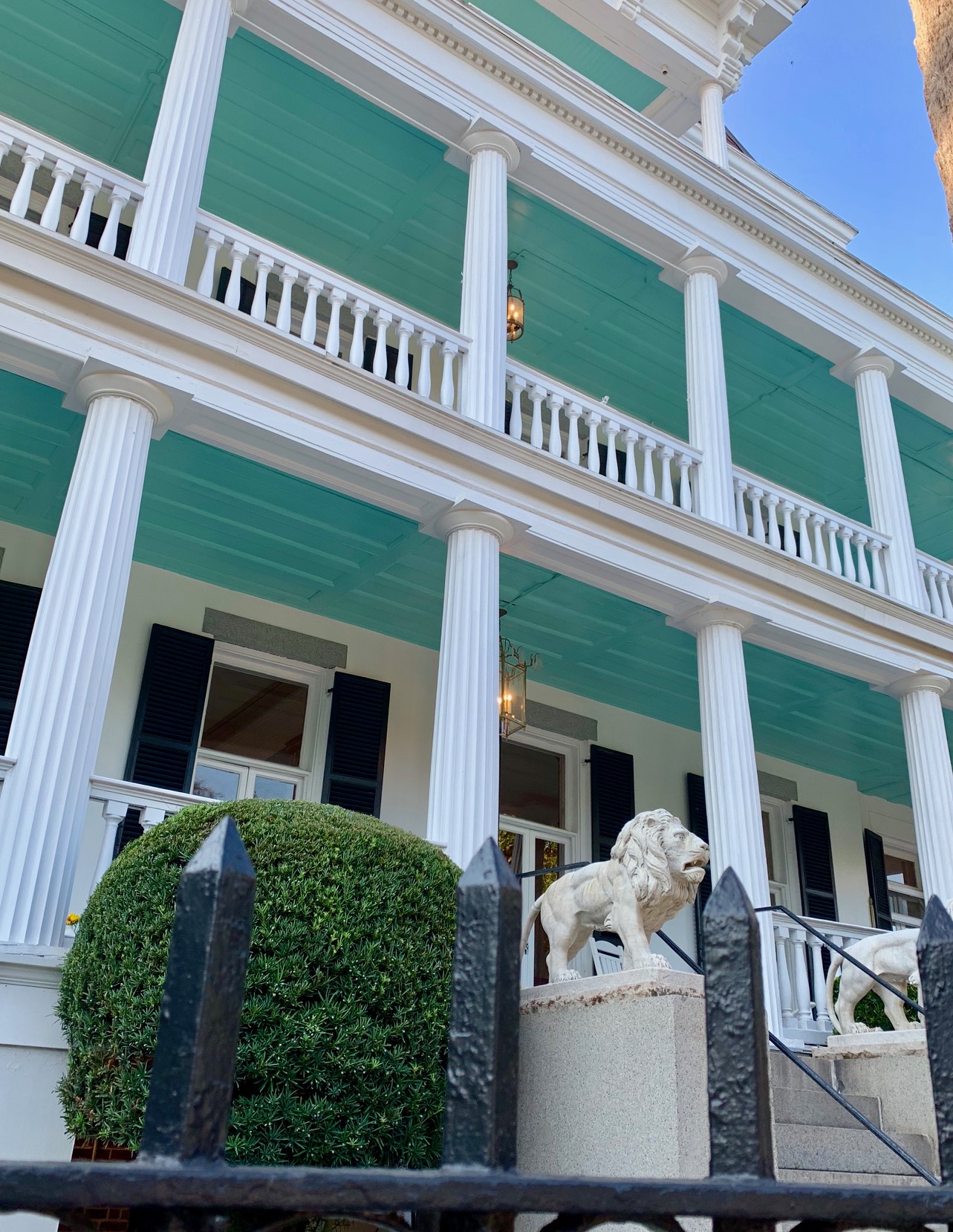
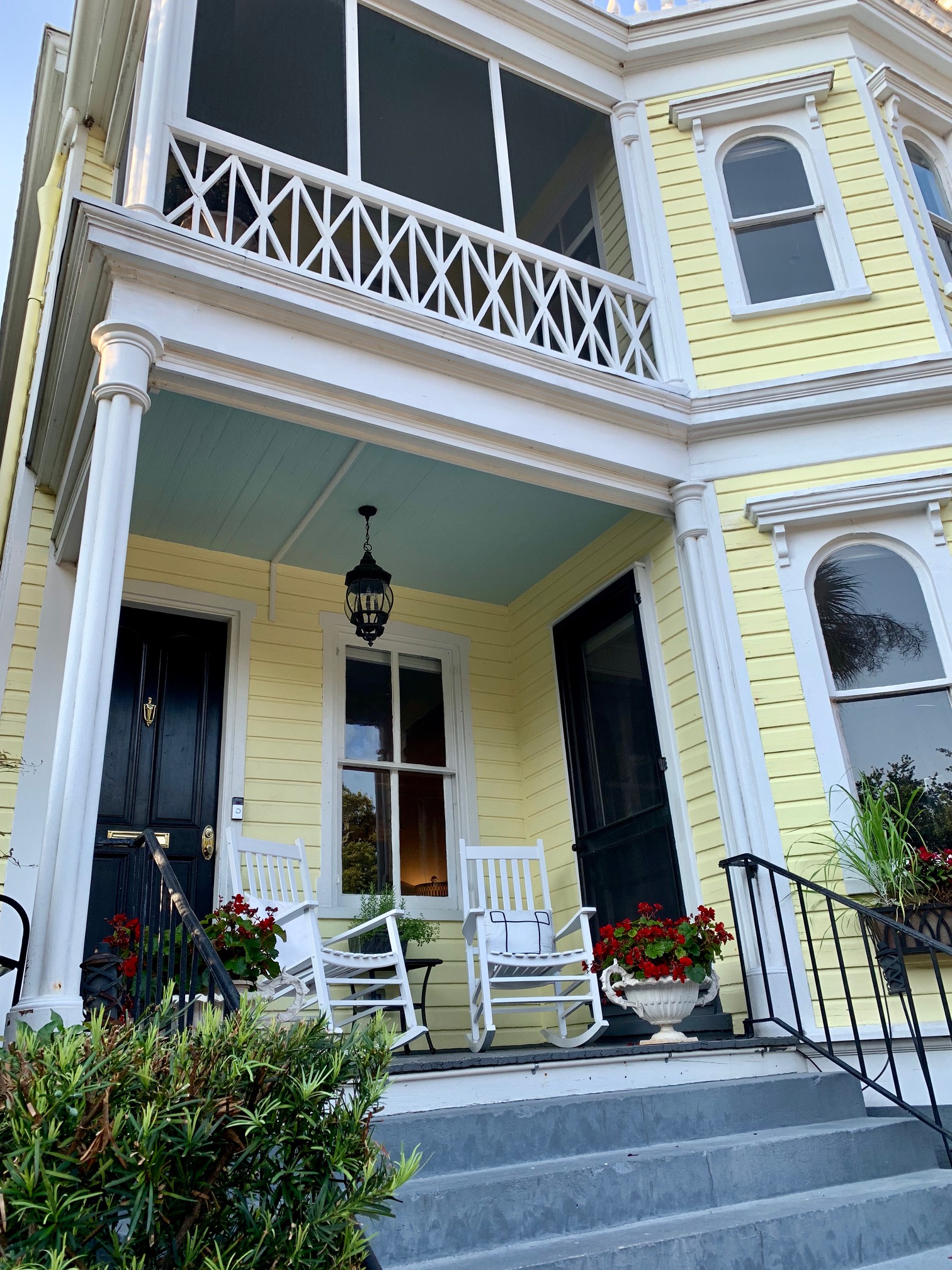
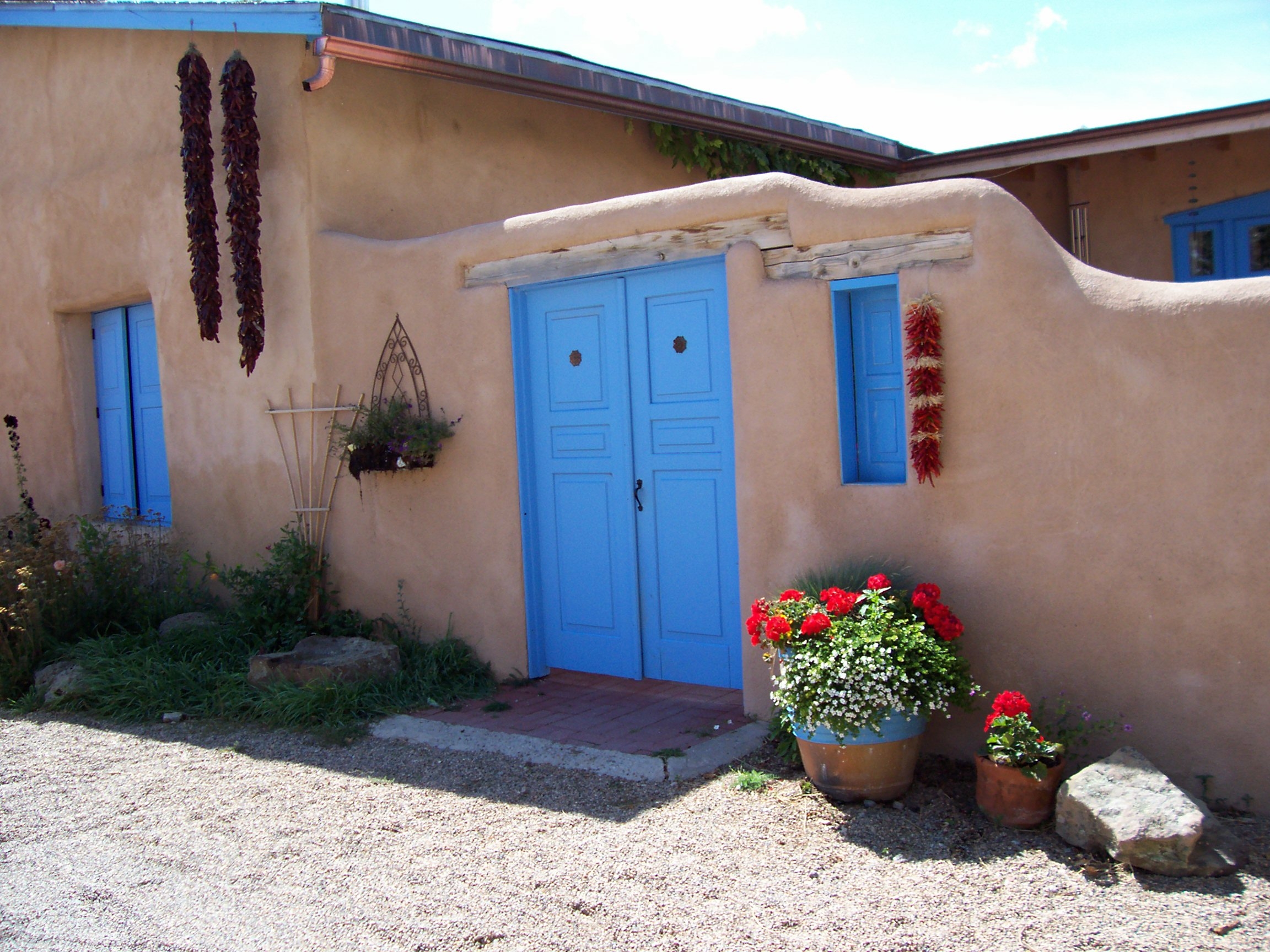
SHARE
PRINT